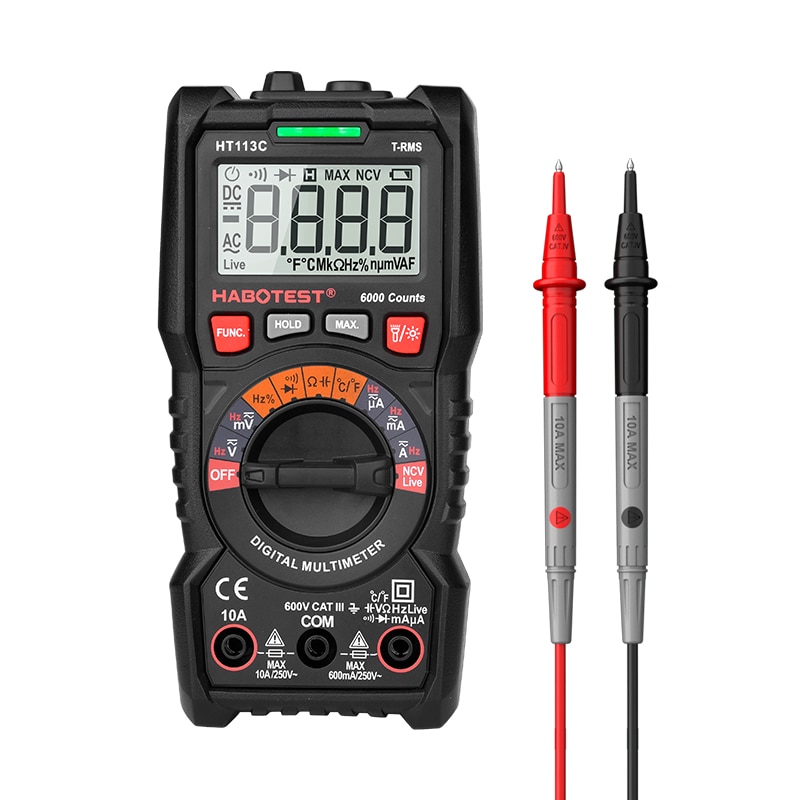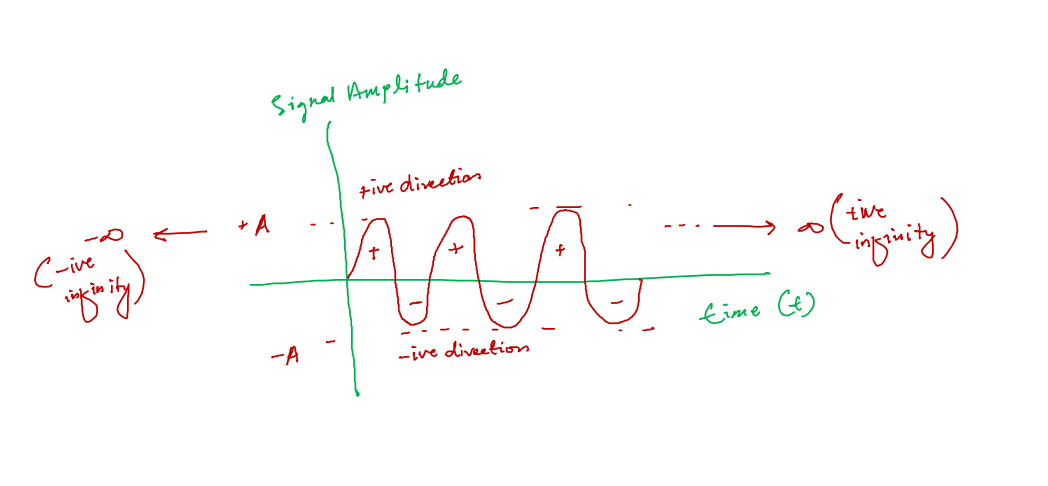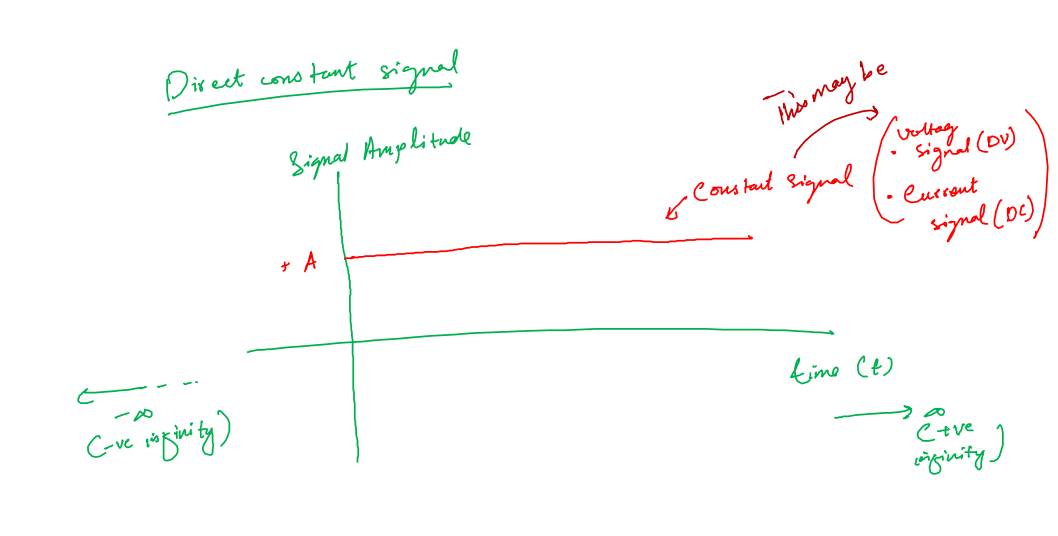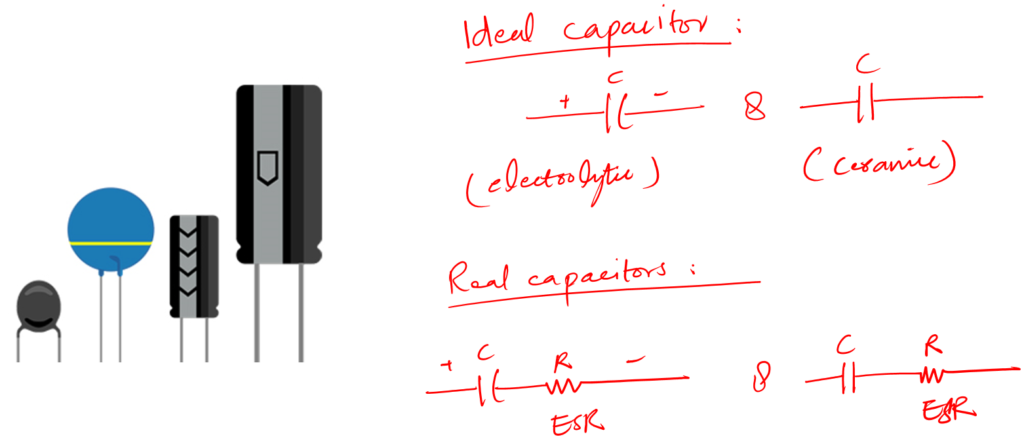LCR Meter VS Multimeter (Differences 2025)
We use so many measuring tools in electronics all the time. The reason is, every measurement needs a unique set of instrumentation and environment.
Similarly, to measure resistance, voltage, and currents we prefer to have a multimeter. As this tool is specifically designed for these measurements.
While to test and measure capacitance and inductance we specifically use an LCR meter. Now theoretically it is possible to combine these together in one device. But practically, each tool has its own user and certain situation to operate.
There are so many other reasons that help us understand why these tools are available and in which situation we should go for which one.
Well…
In this article, you should be able to know.
- Compare LCR meter VS multimeter
- What are a multimeter and LCR meter
- What are their major differences?
- In which situation we should use a multimeter
- In which situation we should use an LCR meter
- We will see come cost comparison as well
Sounds interesting? Then I am positive you will enjoy the rest of this article as well.
Let’s get started.
LCR Meter VS Multimeter
Alright!
This is fascinating to see the LCR meter vs multimeter. Because both meters are fundamental devices when it comes to electronic circuit board making and repair.
Let’s first talk about these guys individually, and then we will see their major differences.
Multimeter
Let’s first talk about one of the fundamental electronic measuring devices called the multimeter. This device is must have for everyone.
A multimeter is a device we use for the measurements of the following various quantities. Not just that we also use a multimeter for various circuit troubleshooting purposes as well.

- Voltage and current measurement
- Resistance measurements
- Diode test
- Continuity test
- Transistor beta measurements, and pin configuration identifier
- Frequency measurements
- Temperature measurements
The cost of a multimeter increases with these additional measurements. But if you want them as per project requirements you can definitely have them in your single multimeter.
LCR meter
Every circuit has three major circuit components. These components are the resistor (R), inductor (L), and capacitor (C).
To properly place these components according to the circuit design values. We need to measure the values of these components.
To do so, we use a meter called the LCR meter (Amazon link).

The word LCR is short for Inductance Capacitance Resistance. Meaning this is an electronic device that we use to measure these three mentioned parameters.
- In the R mode, it can be your resistance or OHM meter
- In the C mode, it will be capacitance and ESR meter
- In the L mode, it will be your inductance meter
An LCR meter of high accuracy saves you both time and money in quality control, product testing, and effecting repair of some expensive electronic units.
Quick Conclusion
In my opinion, you should have both these meters.
Why?
Because in electronics you will be required to measure voltages and current all the time. And you will be measuring capacitors and inductance. So, you will need both the LCR meter and a multimeter.
If you go for a multimeter with capacitance measurement. Then you will be limited to only capacitors that are outside the circuit board. To test the capacitor inside the circuit you would definitely need the LCR meter.
If you absolutely know that you will only measure capacitors occasionally, and certainly they will be off circuit. Then a multimeter with a capacitance feature is a good choice.
But…
In short, if you do circuit repair and are serious about electronics, buy both of them. It will cost you, but it is worth the cost for the efficiency and productivity they will bring with them.
Alright!
Let’s see the difference, and you will exactly find out why I said early on that buy both of them if you can.
Differences between LCR meter and Multimeter
Both the LCR and multimeter are measuring devices. This is for sure. But they are completely different tools designed for different sets of measurements.
Let’s see.
Voltage & Current measurements
For measuring voltages and current LCR meter is not the right tool. For these measurements, you would need a decent multimeter.
Voltages and currents are of two types, alternating and direct.
We specifically define alternating signals as signals that have changing polarity and changing amplitude over time. By changing polarity I mean the changing direction, sometimes time they are positive and sometimes negative. Let’s see the following example.

You see the polarity of the above signals is varying with time, for some time it is positive and for some time it is negative.
Also, you can clearly see the amplitude of the signals is varying from zero to A, from A to zero, and again from zero to -A. We call such signals alternating signals.
Now voltage and current may be alternating:
- Alternating voltages (AV)
- Alternating current (AC)
The electricity we get from a home socket is alternating (Sinusoidal) in nature and that is why we call the current from those sockets AC. The typical values of alternating voltages in these sockets are in the range of 220 to 240V(RMS).
Alternating current (AC) is produced by AC generators, big hydel dames, and the list goes on.
We measure AV and AC signals in RMS value because we cannot take the average value of these signals and measuring the instantaneous value doesn’t make any sense. Instantaneous value is sometimes zero, the other time A, the other time -A, so this is the reason we don’t go for these values.
Alright!
Let’s talk about the constant signals called the Direct signals.
These signals are opposite to the alternating signals. They don’t change their polarity with time, sure their magnitude may be varying with time.
When its amplitude or magnitude is not varying we call such signal the constant signals. And when working with electronics we sometimes, actually most of the time, prefer the contact signals.
Let’s see an example of a direct constant signal.

You see the signal amplitude is constant. The above was about the general signals, now if apply this concept to voltage and current we have:
- Direct voltages (DV)
- Direct Current (DC)
The sources of DC are batteries and DC generators. We can also convert AC into DC, so alternately we can say everything that produces AC is also the generating source of DC.
These measurements are only possible using a multimeter. So if you have signals of the above nature, then a multimeter is a wise choice.
Continuity test
We do a continuity test to find out any open or disconnected nodes in our circuits. This feature is very useful in circuit analysis and troubleshooting.
If you will be working with PCB boards and want to know if the PCB trances are well connected. Then a multimeter would be the tool you would need.
This feature is so useful for component testing as well. LCR meters don’t have this feature, so keep this in mind.
Diode and transistor testing
Diodes and transistors are electronic components that are used in almost every electronic circuit. Now in old circuits, we need to test them if the circuit is not working properly.
Or when are we working on a new circuit we need to find the pin configuration of these components. To help with the above mentioned situation, we are required to have a decent digital multimeter in our labs.
LCR meter cannot help us with testing a diode or transistor.
Relay and fuse testing
Similarly, for relay and fuse testing, a multimeter is the go tool. We can not use the LCR meter here. Because to test a relay we require a continuity feature. Which is available only in a digital multimeter.
ESR value for in circuit testing
Alright!
In the above, it seems like a multimeter is better than an LCR meter. But this is not the case.
When it comes to capacitors in circuit testing we need to measure the capacitor ESR value rather than the capacitance value.
ESR stands for equivalent series resistance.

ESR value helps us to test a capacitor on the circuit board directly.
What happens to a bad capacitor is that its ESR value changes. The change in ESR is totally helpful when determining with 100% sure if the capacitor is bad or good.
So you can now see that the ESR value is more about testing the capacitor rather than measuring its capacitance value.
How do we measure the ESR value?
The answer is simple.
To measure ESR value you need to have a decent LCR meter.
Capacitance and Inductance measurements
Of course, the LCR meter is the tool to measure capacitance and inductance. You know, some multimeters have capacitance measuring features as well. But if you want to test capacitors then the LCR meter is the right tool.
Series and parallel mode measurements
Your LCR meter should have a series and parallel model for measurements. Because some measurements of Reactance need series models while some reactance needs a parallel model for high accuracy.
You will need these modes for the following situations:

Also, access to these models should be easy on your selecting LCR meter.
Resistance measurements
Resistance measurement is common in both meters. You can use an LCR meter for measuring resistance as well as a digital multimeter.
But don’t buy an LCR meter just to measure resistance. If you want to measure only resistance then go for a multimeter. As multimeters are less expensive than LCR meters.
Cost Comparison
A multimeter is less expensive than an LCR meter. Yes, a professional multimeter with a TRUE RMS feature for sure will cost more. But if we see in general then you will find a multimeter under the price tag of 10 USD. While the LCR meter starts from 70 USD.
Conclusion
LCR meter and multimeter are both electronic measuring devices. We use an LCR meter to measure capacitance, inductance, and resistance.
While we use a multimeter for a lot of measurements, such as:
- Resistance
- Voltages both AC and DC
- Currents both AC and DC
- Diode testing
- Transistor testing
- Fuse and really testing
- Continuity testing
- Frequency measurement
In summary, you need both these meters in your lab. Because you will need to measure the voltage as well as capacitors if you are working with electronic circuit boards (old or new).
Alright!
Well…
That is it. That is all I have for you about the LCR meter Vs multimeter. I hope you enjoyed it.
Thank you and have a grateful life.
Other useful posts:

Thank you 😊